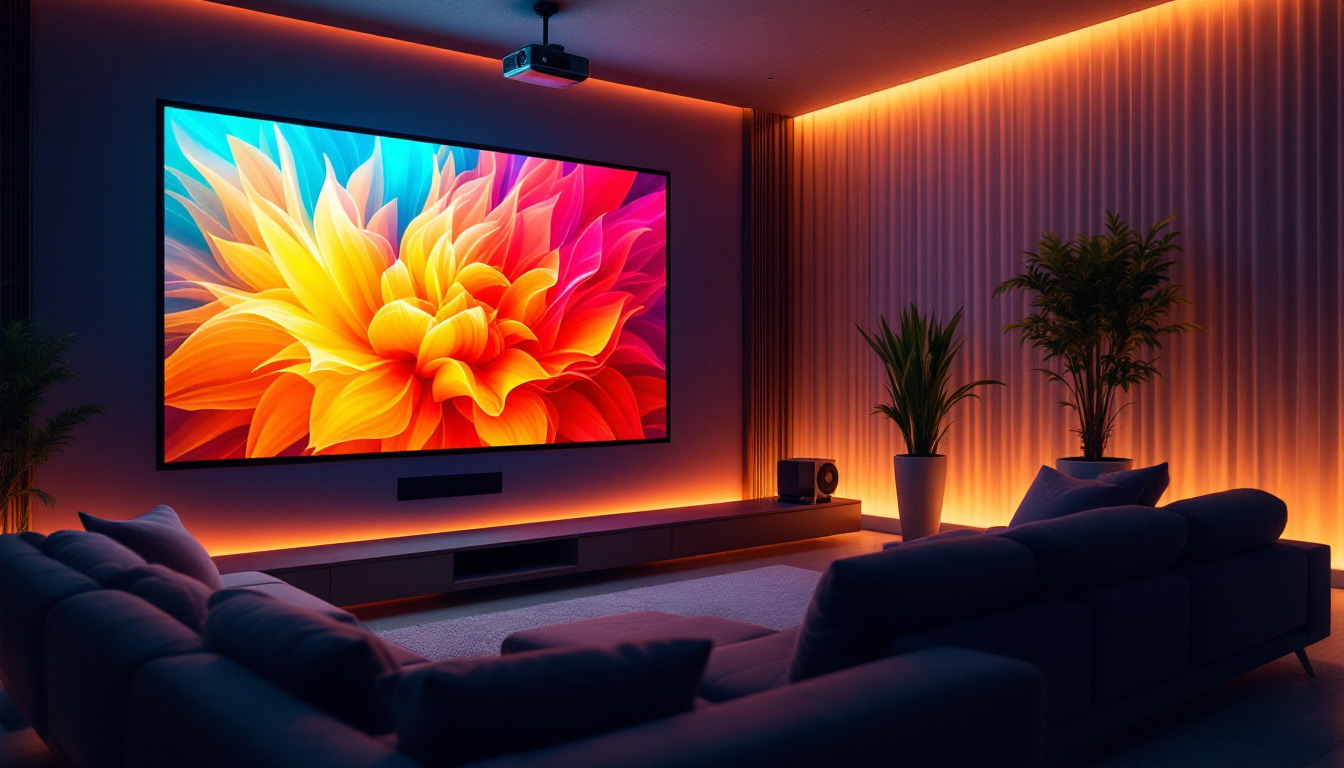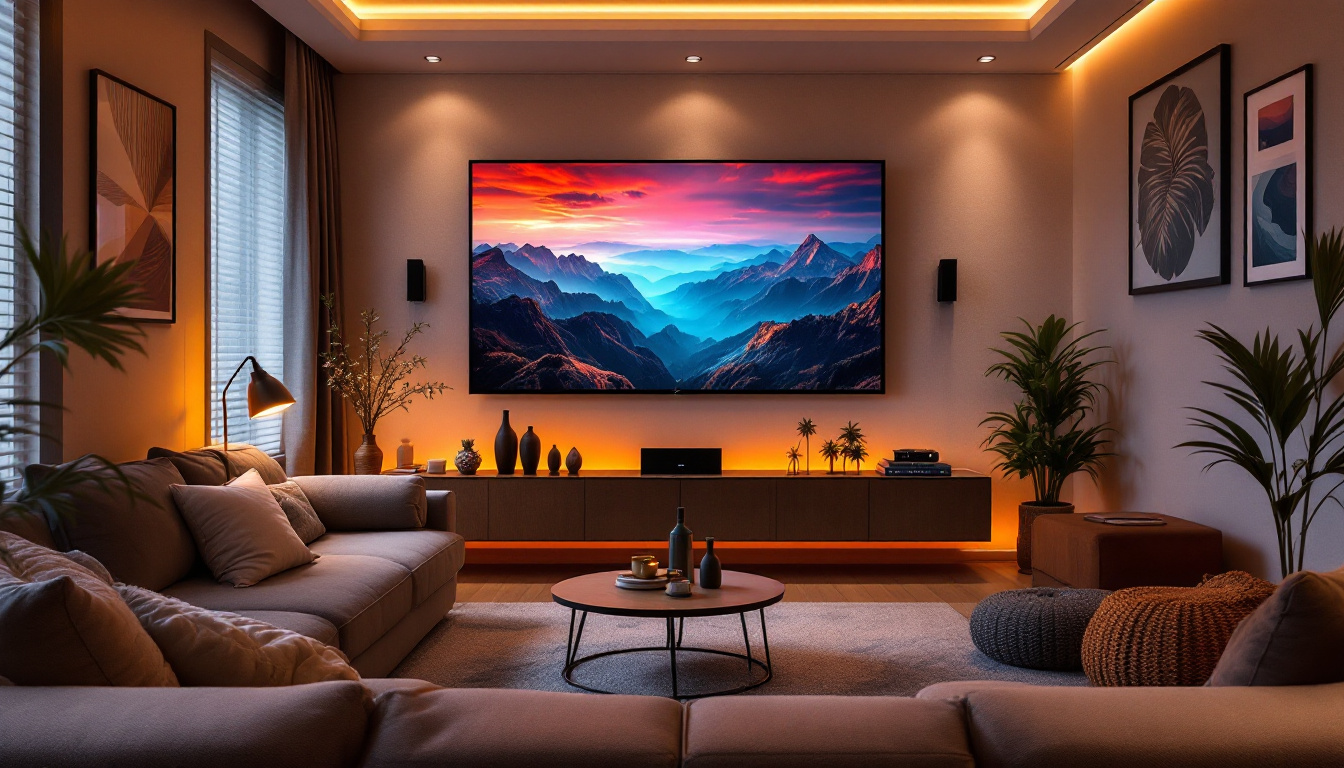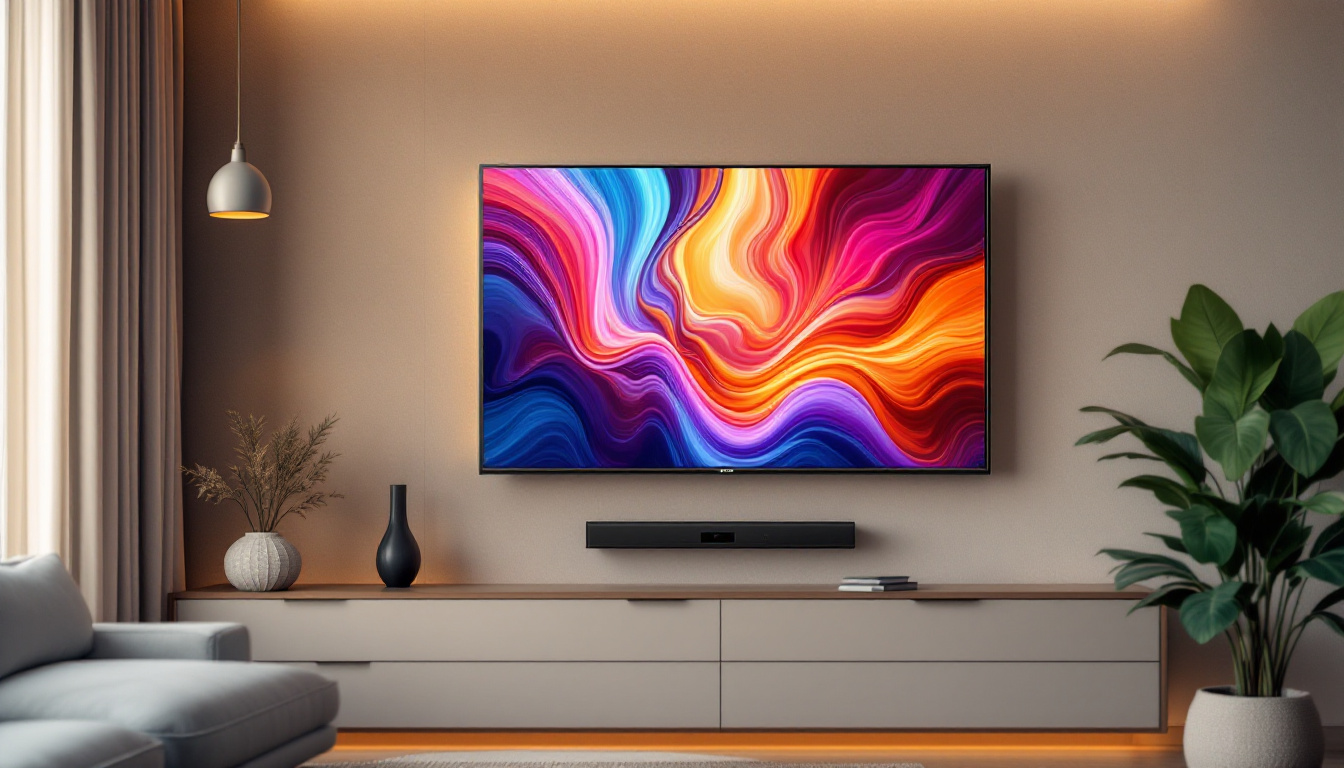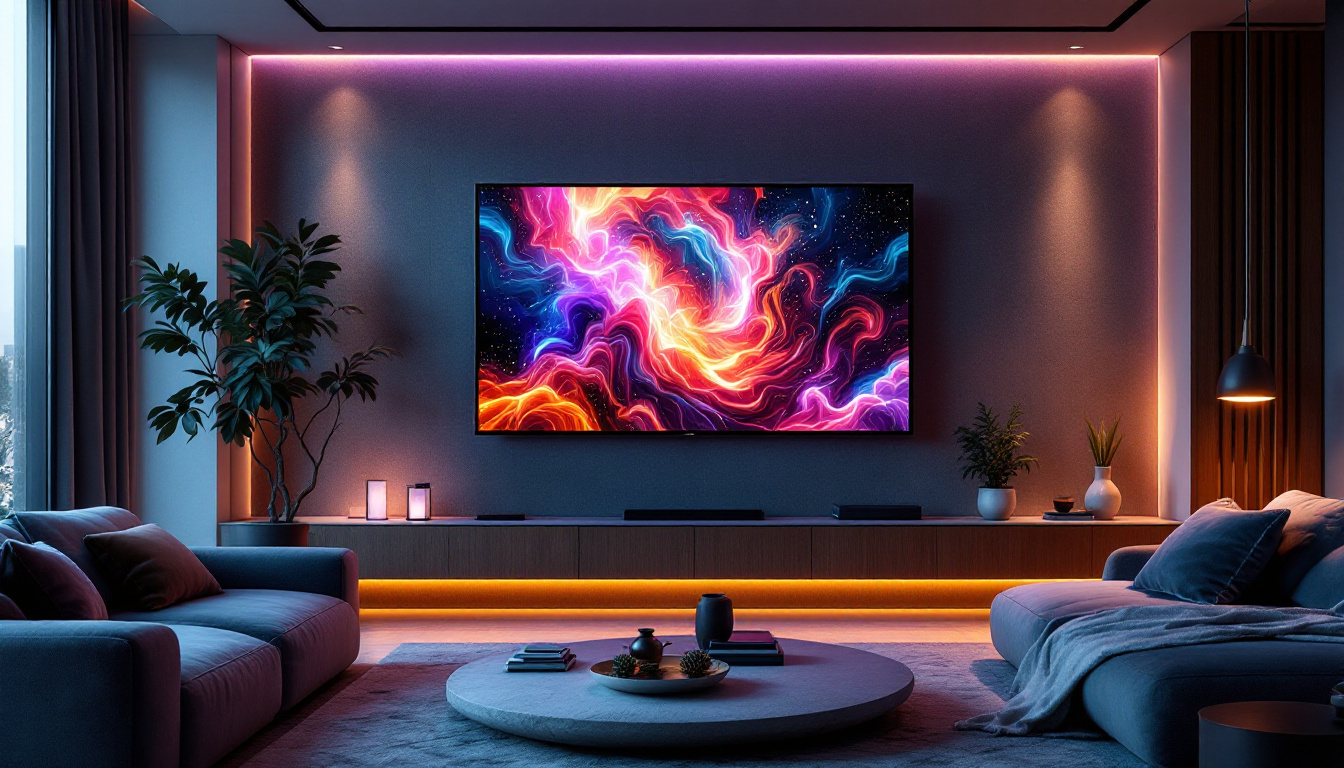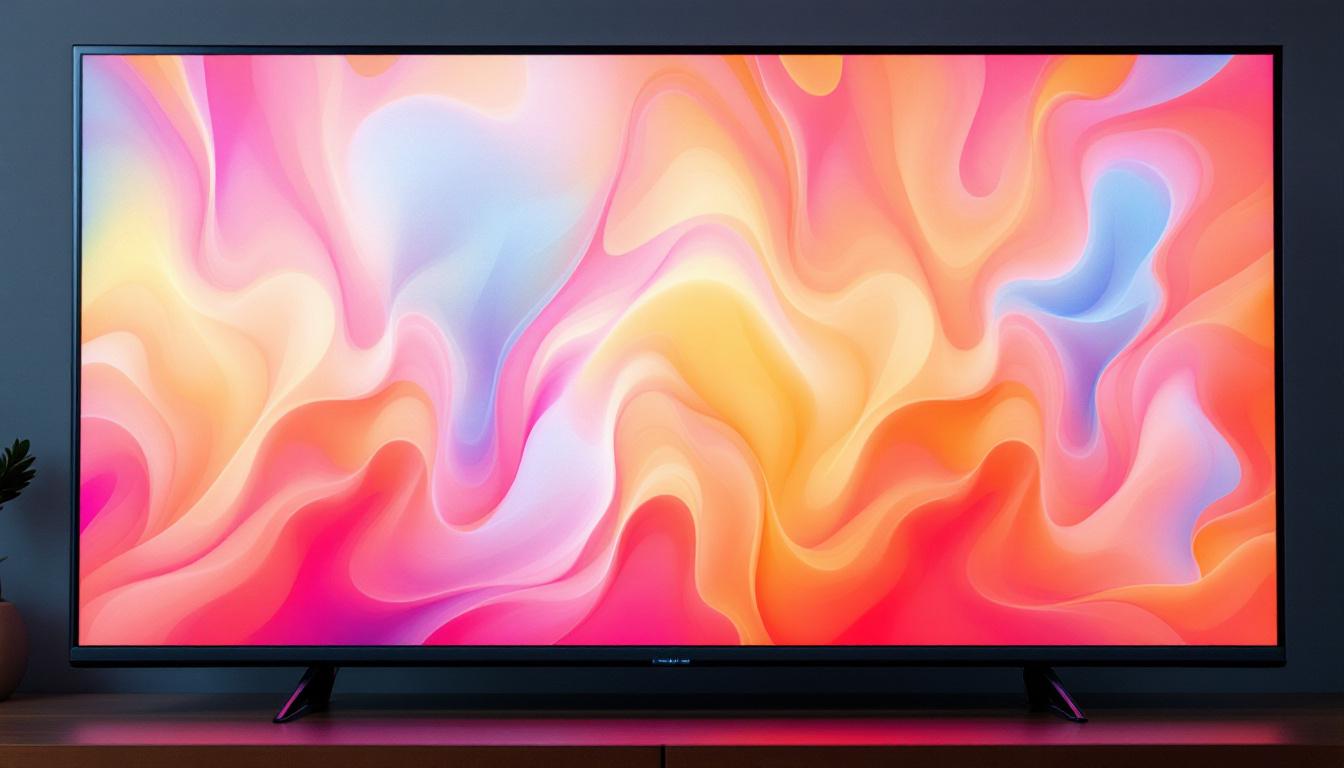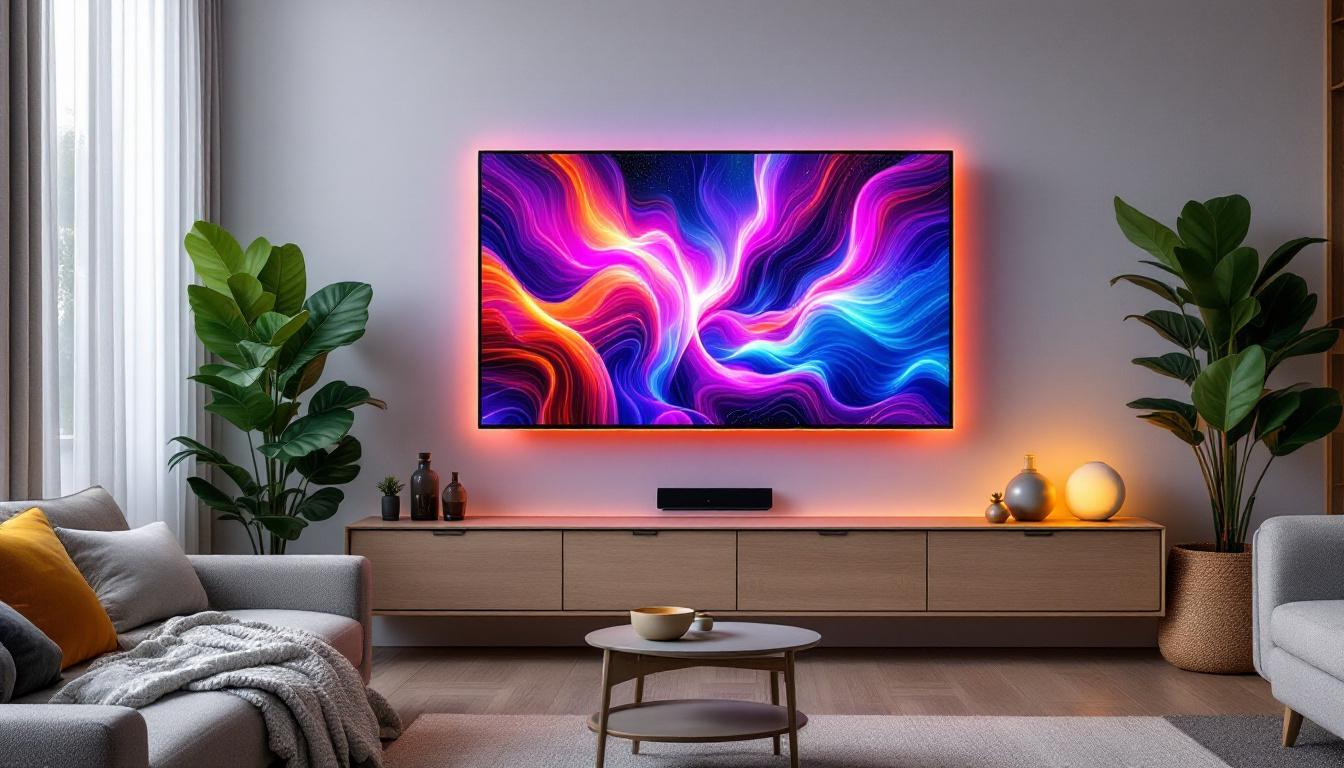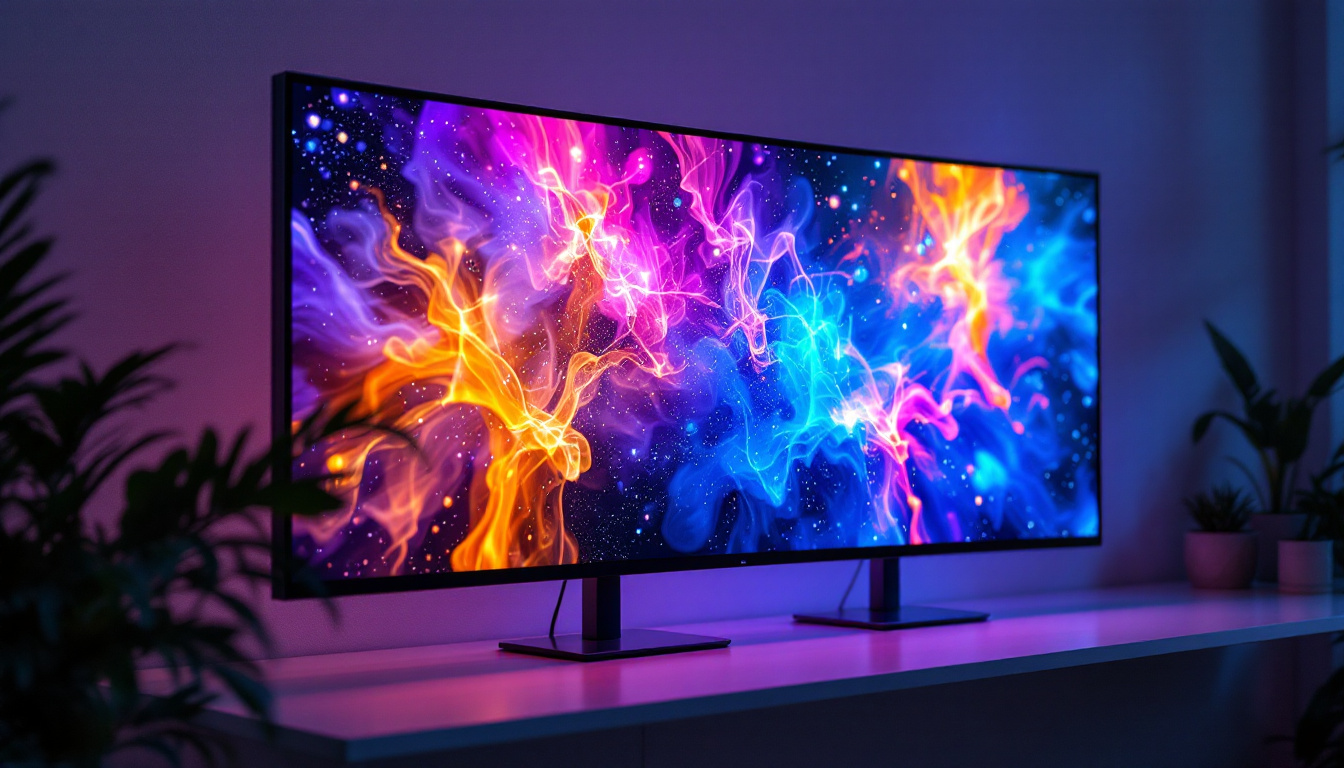In the world of visual technology, LED displays have become a cornerstone of modern communication and entertainment. Whether used in televisions, digital signage, or large-scale advertising, understanding the specifications of LED displays is crucial for consumers and professionals alike. One of the key specifications that often comes up is the diagonal cut size. This article delves into what diagonal cut size means, its significance, and how it affects the overall performance and viewing experience of LED displays.
Understanding Diagonal Cut Size
The diagonal cut size of an LED display refers to the measurement of the screen from one corner to the opposite corner, typically expressed in inches. This measurement is critical as it provides a standardized way to compare the size of different displays. Unlike other dimensions such as width and height, the diagonal size gives a more comprehensive view of the screen’s area and is a key factor in determining how immersive the viewing experience will be.
The Importance of Diagonal Measurement
When selecting an LED display, the diagonal measurement is often the first specification that consumers consider. This is because it directly influences the perceived size of the screen in relation to the viewing distance. A larger diagonal size generally means a more engaging experience, especially for applications like gaming, movies, and presentations.
Moreover, the diagonal cut size helps consumers visualize how the display will fit into their space. For instance, a 55-inch display will occupy a different physical footprint compared to a 75-inch model. Understanding this measurement can help in making informed decisions about room layout and aesthetics. Additionally, the diagonal size can also influence the choice of mounting options. Larger screens may require more robust wall mounts or stands, while smaller screens can often be accommodated with simpler solutions, making it essential to consider the diagonal measurement in the context of overall installation.
How Diagonal Size Affects Viewing Experience
The diagonal cut size significantly impacts the viewing experience. A larger screen allows for more detailed images and a more immersive experience, particularly in larger rooms. Conversely, a smaller screen may be more appropriate for smaller spaces, ensuring that viewers are not overwhelmed by the size of the display.
Additionally, the viewing distance plays a vital role in determining the effectiveness of the diagonal size. For instance, a 55-inch screen is ideal for viewing distances of about 6 to 8 feet, while a 75-inch screen may be better suited for distances of 8 to 12 feet. Understanding these dynamics can help users select the right size for their specific needs. The resolution of the display also interacts with the diagonal size; higher resolutions on larger screens can enhance clarity and detail, making the viewing experience even more enjoyable. For example, a 4K resolution on a 65-inch screen can provide a stunning visual experience, allowing viewers to appreciate finer details that might be lost on a lower resolution display of the same size.
Types of LED Displays
LED displays come in various types, each with unique characteristics and applications. Understanding these types can help consumers make informed decisions based on their specific needs and preferences.
Direct View LED Displays
Direct view LED displays are made up of individual LED modules that are directly visible to the viewer. These displays are often used in outdoor advertising and large venues due to their brightness and ability to be viewed in direct sunlight. Their diagonal cut sizes can vary significantly, ranging from small screens to massive video walls.
One of the primary advantages of direct view LED displays is their scalability. They can be configured in various shapes and sizes, allowing for customization based on specific requirements. This flexibility makes them ideal for events, concerts, and advertising campaigns where visibility is crucial.
LED-backlit LCD Displays
LED-backlit LCD displays utilize LED technology to illuminate an LCD panel. This type of display is commonly found in televisions and computer monitors. The diagonal cut sizes for LED-backlit LCD displays are typically more standardized, ranging from smaller models around 24 inches to larger ones exceeding 85 inches.
These displays offer a good balance between performance and cost. They provide vibrant colors and high contrast ratios, making them suitable for a wide variety of applications, from home entertainment to professional use in offices and conference rooms.
MicroLED Displays
MicroLED technology represents the next evolution in display technology. MicroLED displays consist of tiny, self-emissive LEDs that can produce stunning images with exceptional brightness and color accuracy. The diagonal cut sizes for MicroLED displays are still emerging, but they promise to offer even larger and more flexible options in the future.
One of the standout features of MicroLED technology is its modularity. This allows for the creation of displays in virtually any size or shape, making it ideal for both commercial and residential applications. As this technology continues to develop, it is expected to redefine the standards for display size and quality.
Factors Influencing Diagonal Cut Size Selection
Choosing the right diagonal cut size for an LED display involves several considerations. Understanding these factors can help consumers make a more informed choice that aligns with their needs and preferences.
Room Size and Layout
The size and layout of the room where the display will be installed play a crucial role in determining the appropriate diagonal cut size. A larger room can accommodate a bigger screen, while smaller spaces may require more compact options. It is essential to measure the available wall space and consider the overall aesthetics of the room when making a decision.
Additionally, the layout of the room can affect viewing angles. For example, if the seating is arranged in a way that is not directly in front of the screen, a larger diagonal cut size may be necessary to ensure that everyone can enjoy a clear view of the content.
Viewing Distance
As previously mentioned, the optimal viewing distance is a critical factor in selecting the diagonal cut size. The general rule of thumb is that the larger the screen, the further away the viewer should be seated. This helps to avoid eye strain and ensures a more comfortable viewing experience.
For instance, if the viewing distance is around 10 feet, a display with a diagonal size of 65 to 75 inches is often recommended. Understanding these guidelines can help users select a display that enhances their viewing experience without compromising comfort.
Content Type
The type of content that will be displayed also influences the choice of diagonal cut size. For instance, if the primary use is for gaming or watching movies, a larger screen may provide a more immersive experience. On the other hand, for presentations or business meetings, a smaller screen may suffice, especially if the audience is seated close to the display.
Moreover, the resolution of the content should also be taken into account. Higher resolution displays can provide clearer images at larger sizes, making them ideal for detailed graphics and videos. Understanding the interplay between content type and diagonal size can help users select the most suitable display for their needs.
Calculating Diagonal Cut Size
Understanding how to calculate diagonal cut size can be beneficial for consumers looking to compare different displays. The diagonal size is derived from the width and height of the screen, and there are various methods to calculate it accurately.
Using the Pythagorean Theorem
The most common method for calculating the diagonal cut size involves using the Pythagorean theorem. This mathematical principle states that in a right triangle, the square of the hypotenuse (the diagonal) is equal to the sum of the squares of the other two sides (width and height).
The formula can be expressed as follows:
Diagonal = √(Width² + Height²)
By measuring the width and height of the display in inches, one can easily calculate the diagonal size. This method is particularly useful for those who want to compare displays with different aspect ratios.
Aspect Ratio Considerations
Aspect ratio is another important aspect to consider when calculating diagonal cut size. The aspect ratio is the ratio of the width to the height of the display and is typically expressed as two numbers separated by a colon (e.g., 16:9). Different aspect ratios can affect the perceived size of the display, even if the diagonal measurement is the same.
For instance, a 55-inch display with a 16:9 aspect ratio will have different width and height dimensions compared to a 55-inch display with a 4:3 aspect ratio. Understanding these differences can help consumers choose a display that fits their specific needs and preferences.
Conclusion
The diagonal cut size of an LED display is a fundamental specification that significantly influences the viewing experience. By understanding what diagonal size means, how it affects performance, and the various factors involved in selecting the right size, consumers can make informed decisions that enhance their visual experiences.
From the type of display to room size, viewing distance, and content type, each aspect plays a crucial role in determining the most suitable diagonal cut size. As technology continues to evolve, staying informed about these specifications will ensure that consumers can enjoy the best possible viewing experiences in their homes, offices, and public spaces.
In summary, whether it’s a direct view LED, LED-backlit LCD, or MicroLED display, understanding diagonal cut size is essential for anyone looking to invest in a quality display. By considering all the factors discussed, individuals can select a display that not only fits their space but also meets their specific viewing needs.
Explore Cutting-Edge LED Displays with LumenMatrix
Ready to elevate your visual experience with the latest in LED display technology? LumenMatrix is at the forefront of innovation, offering a diverse range of LED display solutions tailored to your needs. From captivating Indoor LED Walls to dynamic Outdoor LED Displays, and from versatile Vehicle LED Displays to sleek LED Poster Displays, our products are designed to make an impact. Whether you’re looking to engage audiences with LED Sports Displays, add flair with Floor LED Displays, or customize your message with Custom LED Displays, LumenMatrix has you covered. Discover the revolution in visual communication and find the perfect fit for your space and viewing requirements. Check out LumenMatrix LED Display Solutions today and transform the way you share your message with the world.





